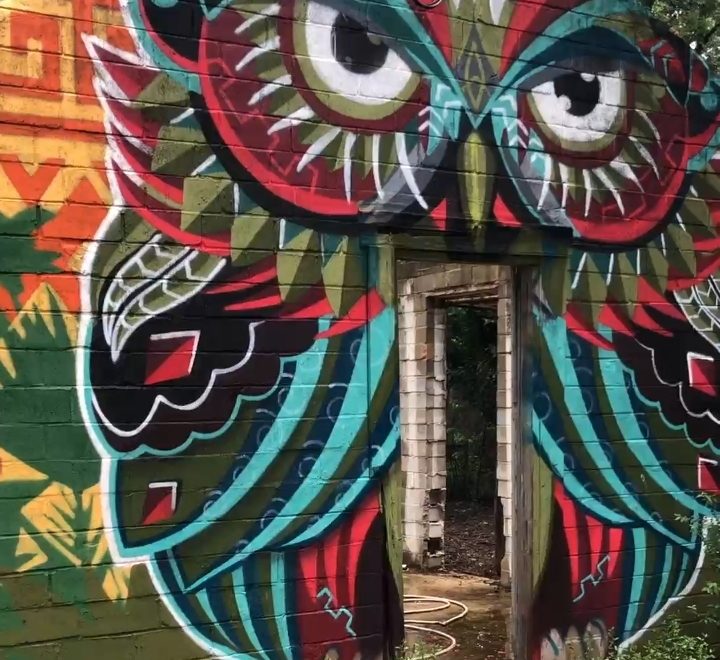Last month we announced The Eagle’s Nest Community Food Forest on the grounds of Gardens at Hacienda Tecolote. It is an educational community project that will be home to a diverse range of gardens, from conventional raised beds, to keyholes, hugels, food forests, a rain garden, and wildscaping.
The Eagle’s Nest is a collaboration between ourselves here at Two Hoes Gardening, Compost Queens, Tecolote, and students from a mix of local public and private schools. We’ve also gotten some donations for supplies and plants from Green Spaces Alliance. As educators, we are so grateful for this opportunity to reach out and share our love of sustainable agriculture and community with our future leaders.



What’s a Food Forest?
So, what’s a food forest, anyway? It is a garden of edible plants that mimics the natural, layered patterns of how plants grow in a forest. Here is an illustration showing the seven layers of a food forest: canopy, understory, shrub, herb, ground cover, root, and vine.

Layers of Value
The layers of food forests protect and nurture one another, creating a less labor-intensive food production system. Compared to conventional raised beds or row planting of monocrops, food forests require much less work on our part to maintain because the structure and qualities of each layer tends to one another.
For example, the ground cover acts as a living mulch to retain moisture and keep soil protected from harsh sun. It also keeps pests and disease from flourishing. Similarly, the canopy is tall enough to provide the right amount of shade protecting layers below and structure for vines. Choosing a diverse range of plants also helps with soil nutrients: adding nitrogen-fixers like clover, vetch, or peas as ground cover gives nitrogen to plants like tomatoes and peppers. That means less amendments, soil care, and pest treatment on our end.
Students Take the Lead
For this food forest, students from the Advanced Learning Academy’s 9th grade sustainable careers program expressed a desire to explore as many ways to create sustainable agriculture in urban environments. At their school, they’ve already dipped their toes into hydroponics and conventional gardening on campus.
After a small presentation by Two Hoes on food forests and permaculture principles, students summited design ideas, and got to work. The ground breaking happened on a bitingly cold day with windy temps in the 30s. It wasn’t easy, but they worked hard and it only took a few workdays to get fruit trees, veggies, a hugel, strawberries, and ground covers planted. We can’t wait to see how the food forest begins to fill out over the next few months.
Building a Sustainable Future
If you’re interested, the food forest is open to the public! Head over to Tecolote during their public hours, Saturdays 8am-10am. 7910 Donore Pl. San Antonio, TX 78229.
Food forests are becoming more popular as a way to offer free food to communities while educating about local ecosystems, urban habitat, and sustainable food production.
Two Hoes Gardening is part of the local and expanding Urban Agriculture community, seeking to empower residents and businesses to produce local food through sustainable garden practices. If you want help designing and creating your dream veggie, tea, or medicine garden, please reach out! You can schedule a consult right here on our site, or send us a message with any questions.

